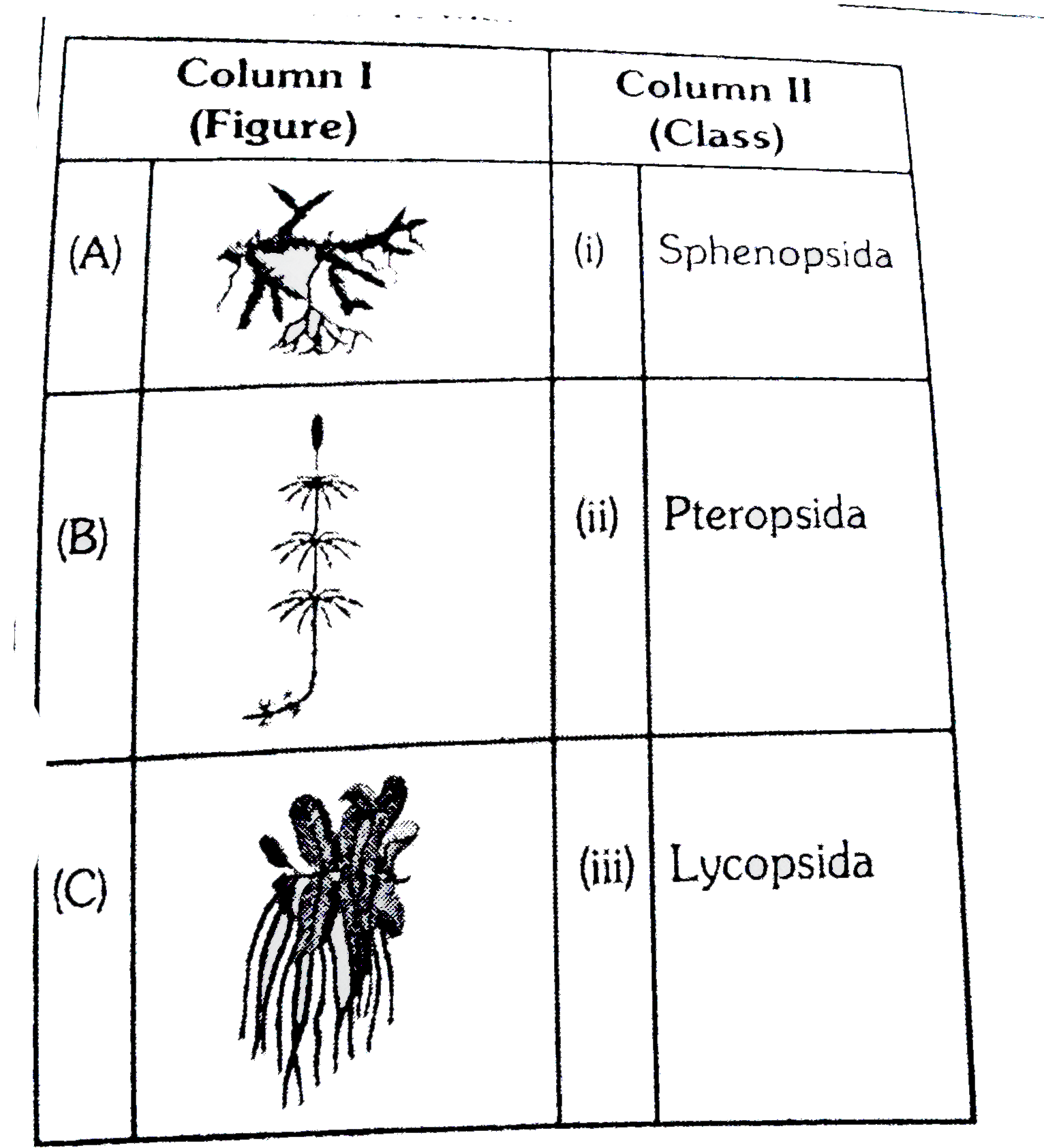Match items in Column I with Column II (a) Bioinformatics (Column I),(i) Non-coding DNA (Column II),(b) Satellite- DNA (Column I),(ii) Genes which expressed as RNA (Column II),(c) ETS (Column I),(iii) Coding and non-coding DNA sequencing (Column II),(d) Sequence annotation (Column I),(iv) Computational techniques for genome sequencing (Column II)
a(iv),b(i),c(iii),d(ii)
a(iv),b(iii),c(i),d(ii)
a(iii),b(iv),c(ii),d(i)
a(iv),b(i),c(ii),d(iii)
To solve the matching question, we will analyze each item in Column I and find the corresponding item in Column II based on their definitions and relationships.
1. Identify Bioinformatics (Column I - a):
- Bioinformatics involves the use of computational techniques to analyze biological data, particularly in genome sequencing.
- Match: Bioinformatics (a) → Computational techniques for genome sequencing (iv).
2. Identify Satellite DNA (Column I - b):
- Satellite DNA refers to non-coding regions of DNA that do not code for proteins or RNA but are important in certain biological processes, such as DNA fingerprinting.
- Match: Satellite DNA (b) → Non-coding DNA (i).
3. Identify ETS (Column I - c):
- ETS stands for Expressed Sequence Tags, which are short sequences of DNA that correspond to genes expressed as RNA.
- Match: ETS (c) → Genes which expressed as RNA (ii).
4. Identify Sequence Annotation (Column I - d):
- Sequence annotation involves marking segments of DNA to identify coding and non-coding regions, which helps in understanding the genome.
- Match: Sequence annotation (d) → Coding and non-coding DNA sequencing (iii).
Final Matches:
- (a) Bioinformatics → (iv) Computational techniques for genome sequencing
- (b) Satellite DNA → (i) Non-coding DNA
- (c) ETS → (ii) Genes which expressed as RNA
- (d) Sequence annotation → (iii) Coding and non-coding DNA sequencing
Summary of Matches:
- a → iv
- b → i
- c → ii
- d → iii
- Bioinformatics involves the use of computational techniques to analyze biological data, particularly in genome sequencing.
- Match: Bioinformatics (a) → Computational techniques for genome sequencing (iv).
- Satellite DNA refers to non-coding regions of DNA that do not code for proteins or RNA but are important in certain biological processes, such as DNA fingerprinting.
- Match: Satellite DNA (b) → Non-coding DNA (i).
- ETS stands for Expressed Sequence Tags, which are short sequences of DNA that correspond to genes expressed as RNA.
- Match: ETS (c) → Genes which expressed as RNA (ii).
- Sequence annotation involves marking segments of DNA to identify coding and non-coding regions, which helps in understanding the genome.
- Match: Sequence annotation (d) → Coding and non-coding DNA sequencing (iii).
- (a) Bioinformatics → (iv) Computational techniques for genome sequencing
- (b) Satellite DNA → (i) Non-coding DNA
- (c) ETS → (ii) Genes which expressed as RNA
- (d) Sequence annotation → (iii) Coding and non-coding DNA sequencing
- a → iv
- b → i
- c → ii
- d → iii
Topper's Solved these Questions
Similar Questions
Match the Column -I with Column -II:

View SolutionMatch the Column -I with Column -II:

View SolutionMatch the Column -I with Column -II:

View SolutionMatch the Column -I with Column -II:

View SolutionMatch the Column -I with Column -II:

View SolutionMatch the Column -I with Column -II:

View SolutionMatch the Column -I with Column -II:

View SolutionMatch the column I and with Column II

View SolutionMatch Column I with Column II:

View SolutionMatch the column I with Column II:-

View Solution
